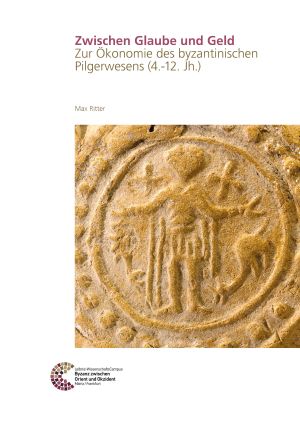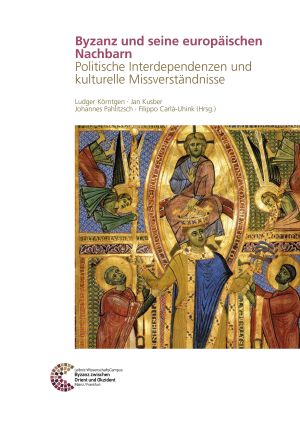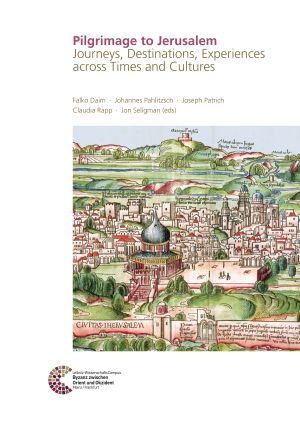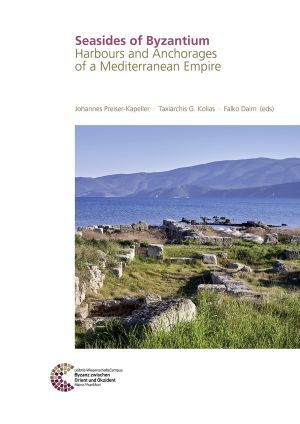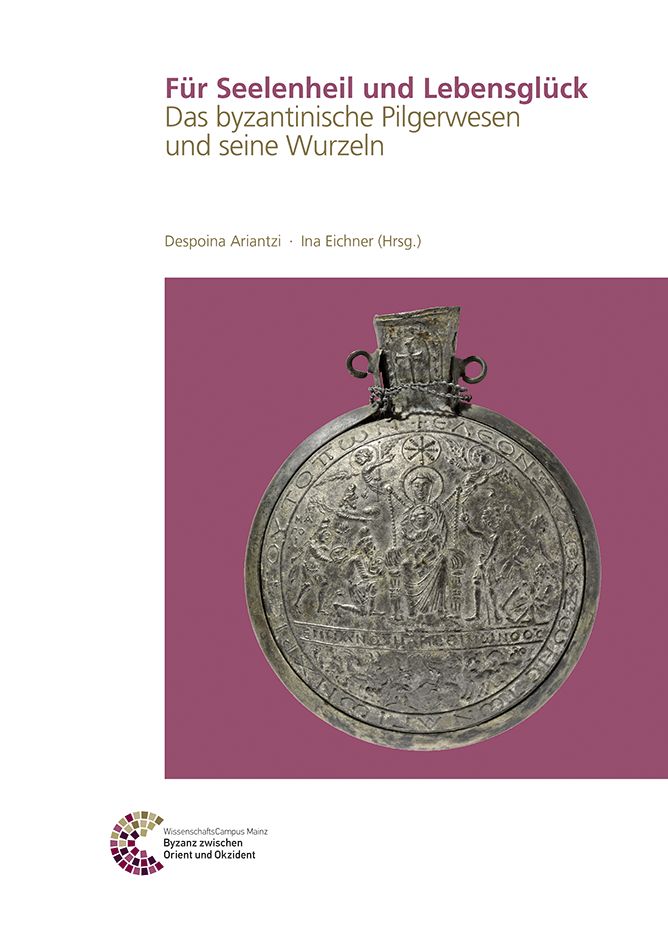Ritter, Max
Zwischen Glaube und Geld: Zur Ökonomie des byzantinischen Pilgerwesens (4.-12. Jh.)
Piety is not the sole impulse for the development of Christian pilgrimage. From a wide chronological and regional perspective, the book deals with the economic connections which influenced the essence of Byzantine pilgrimages (5th – 12th c.).
To pilgrimage is always religiously motivated and socially imbedded, yet the detailed choice of the pilgrim’s destination, the route, the gifts of thanks at the end and many other aspects were and are determined by basic economic constants and time-dependent, social-economic dynamics.
The book highlights Byzantine pilgrims’ shrines, analyses their origins but also their structure of organisation and finance, which had already been legally framed during Late Antiquity.
Byzanz und seine europäischen Nachbarn: Politische Interdependenzen und kulturelle Missverständnisse
On the one hand cultural misunderstandings represent a prerequisite for intercultural communications, on the other hand they can also be understood as a method or result of interculturalism and transcultural relationships. In this process there are unthinking as well as provoked and politically manipulated misunderstandings, or rather alleged misunderstandings, which disguise real political or church political conflicts of interest. In addition, there are misunderstandings in research which sometimes states a misunderstanding too quickly, where logic and context are not immediately evident. Such misunderstandings dictated the political-cultural pattern of relationships among the Byzantine Empire, the Latinised West and Slavic world, who all regarded themselves as parts of ecumenical Christianity and who stood in close political and cultural contact over many centuries. In the present book proponents of history, Byzantine studies, art history and theology apply themselves to the analysis of this phenomenon.
Pilgrimage to Jerusalem. Journeys, Destinations, Experiences across Times and Cultures: Proceedings of the Conference held in Jerusalem, 5th to 7th December 2017
Jerusalem is a city holy to three world religions: Judaism, Christianity and Islam. From the early Byzantine period, Christian pilgrimage here and to other holy sites became a »mass phenomenon«. Thousands of Christians set out to holy sites in Palestine, Egypt and other places in order to physically experience salvation history and seek divine intervention in their lives. Numerous travel reports, pilgrim guides and other written sources highlight important aspects of pilgrimage. In addition, many well-preserved churches, monasteries, hostels and other buildings, as well as rich archaeological findings, provide us with a vivid and synthetic picture of the history of pilgrimage to the Holy Land.
Seasides of Byzantium: Harbours and Anchorages of a Mediterranean Empire
In recent years, interest in the study of maritime installations and networks in the Roman and Byzantine Mediterranean has increased considerably, as documented by various projects and publications.
The conference »Seasides of Byzantium. Harbours and Anchorages of a Mediterranean Empire«, from which the papers collected in the present volume emerged, took place in Athens in 2017 as part of a cooperation between the DFG-funded Special Research Programme (SPP 1630) »Harbours from the Roman Period to the Middle Ages« and the National Hellenic Research Foundation. It united historians, archaeologists and geoarchaeologists to explore harbours and anchorages as core maritime infrastructure to the Late Roman and Byzantine Empire.
General phenomena such as the organisation of the Byzantine navy and its operations or lighthouses are discussed in this volume as well as new geoarchaeological research methodologies in harbour archaeology. Most contributions in the present volume examine case studies for the most important maritime core region of the Byzantine Empire, the Aegean. This sea connected the remaining provinces of the empire in Southeastern Europe and Asia Minor after the loss of Syria, Palestine, Egypt, and North Africa to the Arabs in the 7th century AD. In addition to technical and geographical aspect, the studies in this volume make clear that we need to explore more and more the social embedding of the seasides of Byzantium to understand their dynamics in all their complexity.
Für Seelenheil und Lebensglück: Das byzantinische Pilgerwesen und seine Wurzeln
The final international conference of the project "For Salvation and Happiness: Byzantine Pilgrimage and its Roots", held in December 2015, gathered scholars from the disciplines of archaeology, Byzantine studies, art history, historical sciences, religious history, epigraphy and historical geography, who addressed the phenomenon of pilgrimage in the Byzantine Empire. The contributions consider the connections of Byzantine pilgrimage to pagan and Jewish pilgrimage. Above all, they present and discuss the practice of pilgrimage between "cult and commerce" in the sacral-topographical and landscape context of individual regions and locations in the Byzantine Empire from Egypt to Bulgaria and from southern Italy to the Holy Land.



